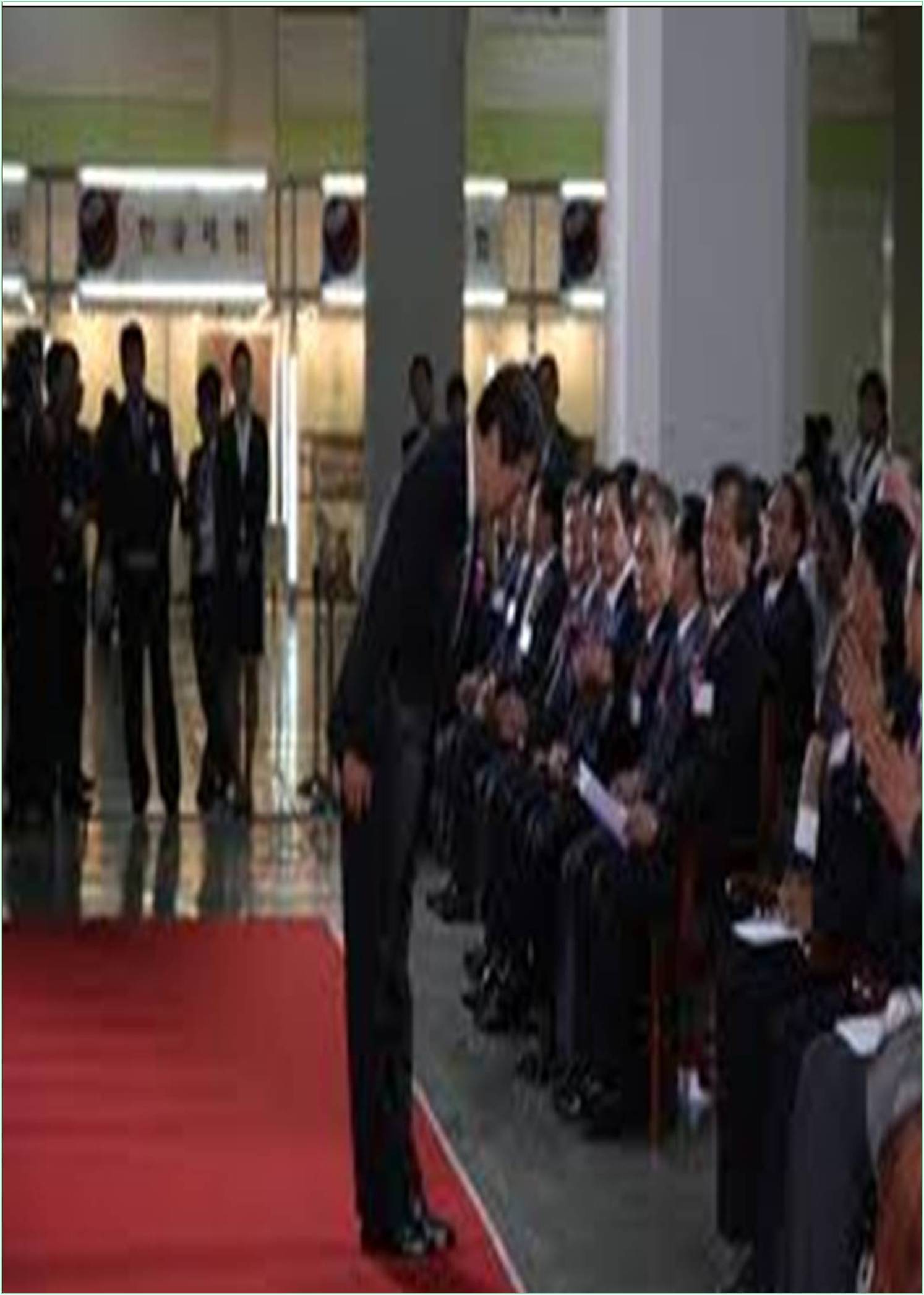



Received: 24-Aug-2022, Manuscript No. JPAPR -22-72844; Editor assigned: 26-Aug-2022, Pre QC No. JPAPR -22-72844 (PQ); Reviewed: 09-Sep-2022, QC No. JPAPR -22-72844; Revised: 10-Jan-2023, Manuscript No. JPAPR -22-72844 (R); Published: 17-Jan-2023, DOI: 10.15651/JPAPR.23.1.014
The field of study that examines the development, application, and interaction of technological tools with life, society, and the environment, incorporating elements from industrial arts, engineering, applied science, and pure science. It sometimes referred to the modification and manipulation of the human environment, is the application of scientific knowledge to the practical goals of human life. The study and use of computers and any type of telecommunications that store, retrieve, study, transmit, alter data, and deliver information together constitute Information Technology (IT). A combination of hardware and software is employed in information technology to carry out the basic functions that people require and utilize on a daily basis. When working with an organization, the majority of IT professionals first demonstrate to them the current technology that is available to carry out their necessary activities before adopting it into the setup. Today's world undervalues the critical career sector of information technology. Unexpectedly, information technology has grown in importance.
The size and complexity of technological hardware, as well as the "software" required to produce and use hardware. Both are interconnected and necessitate both tangible and intangible environments in the form of spatial structures and social organizations. Institutions such as governments, firms, and markets, as well as social norms and attitudes, play a significant role in determining how systems for producing and consuming artefacts emerge and function. They determine how specific artefacts and combinations of artefacts emerge, which are rejected or successful, and if successful, how quickly they are incorporated into the economy and society. The latter stage is known as technology diffusion.
Network technology will also continue to advance in a direction that provides greater diversity as well as much higher bandwidth. Heavy duty transmission systems will rely on ever faster optical fiber systems, while mobile communications coverage will be delivered by a variety of low and high orbit satellites. Digital broadcasts and compression methods that allow high density data flows to reach a wide variety of locations and devices will make better use of a larger portion of the available frequency spectrum. Personal Network (PN) installation at home will become more affordable. Communication services may not reach zero cost for users, but they will be close by the third decade of the next century. If the risks can be managed, it is possible that over the next twenty five years, a slew of technological advances will vastly improve human welfare while also putting the world on a more sustainable path. However, as history has shown, the availability of a particular scientific discovery or innovative technology is no guarantee that its potential will be translated into useful applications, nor that it will spread widely or to those who can most effectively use it. Reaping the benefits and mitigating the risks posed by technological advancements is dependent on a complex interaction with underlying economic, social, and political conditions. Realizing the benefits of socio technical dynamism necessitates careful consideration of two dimensions. The first is the direction of technological innovation and diffusion, the second is the economic and social implications of the use and spread of new technologies.
The technology and innovation report 2021 urges all developing countries to brace themselves for a period of profound and rapid technological change that will have far reaching consequences for markets and societies. All countries will need to pursue science, technology, and innovation policies that are appropriate for their stage of development as well as their economic, social, and environmental circumstances. This necessitates the strengthening and alignment of science, technology, and innovation systems and industrial policies, the development of digital skills in students and the workforce, and the closing of digital divides. Governments should also strengthen social protection and facilitate workforce transitions to address the potential negative effects of frontier technologies on the labour market.